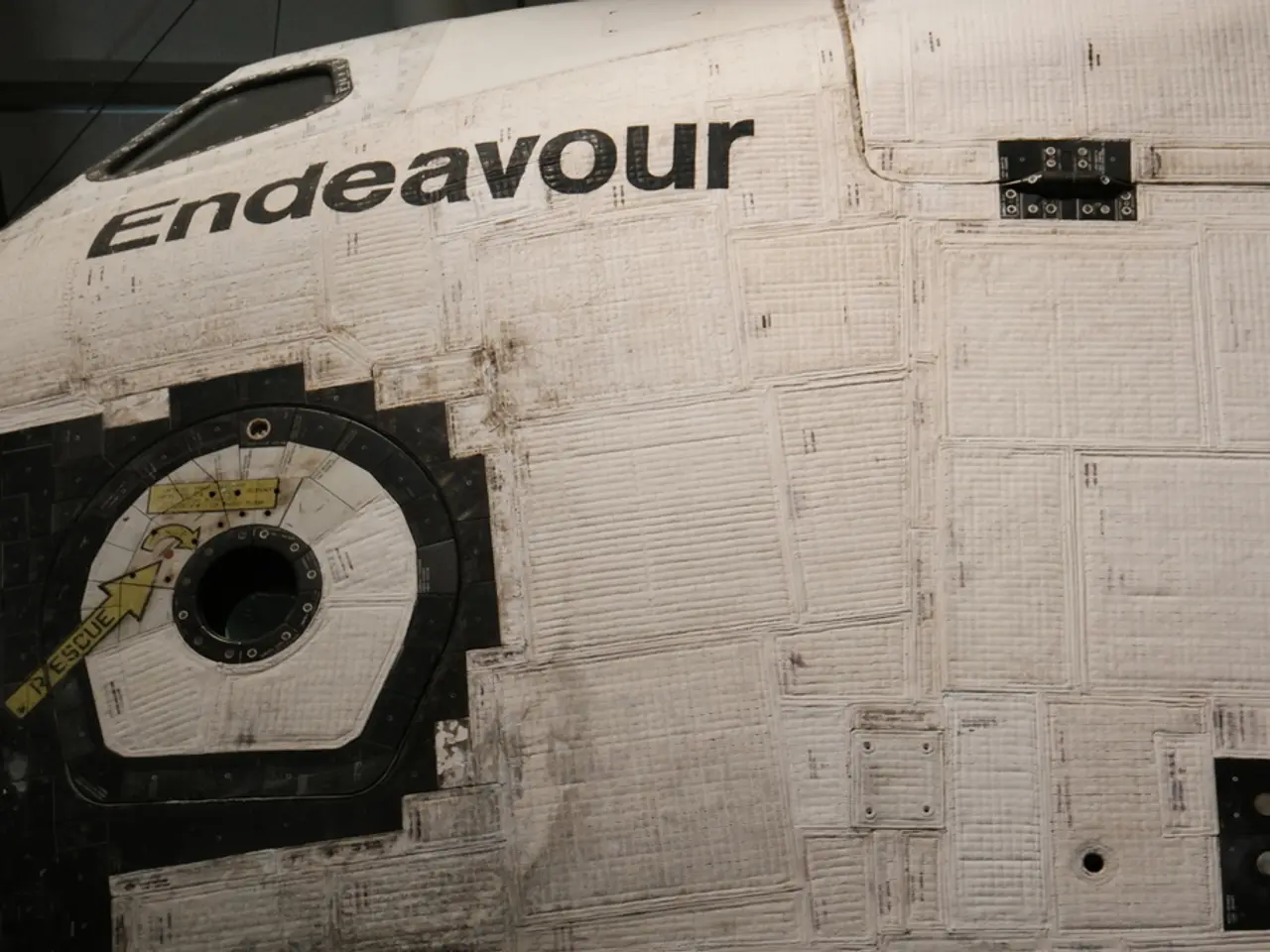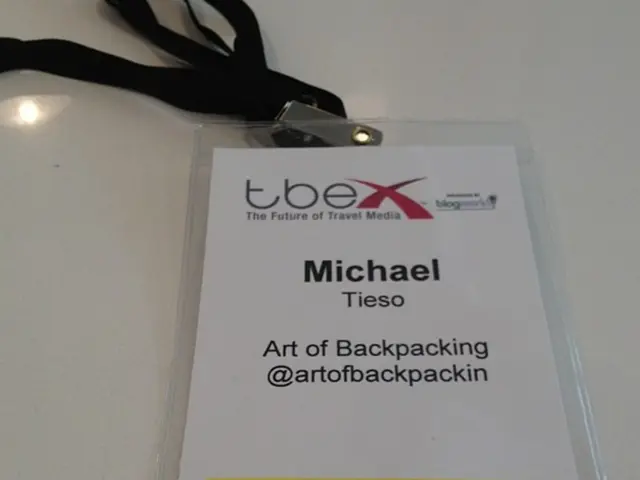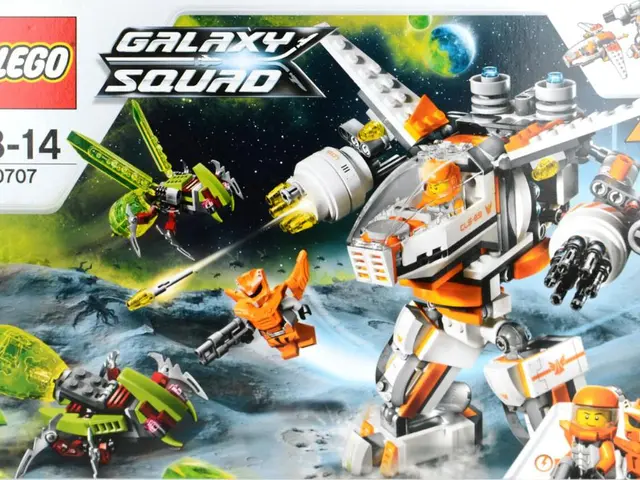Space Debris: Unforeseen Aspects You Never Knew
In the realm of space exploration, the issue of space debris has gained significant attention. Often overshadowed by the excitement of new missions, this less-discussed topic presents a complex set of challenges that impact the space economy in various ways.
Space debris, or space junk, encompasses defunct satellites, spent rocket stages, and fragments from previous missions. Some pieces of this debris fall back to Earth, with larger debris occasionally surviving re-entry. Cleaning up space junk is a growing industry, with organisations and companies developing innovative technologies such as harpoons, nets, robotic arms, lasers, and predictive models to tackle this issue.
Future space missions must account for debris risks. Mission planners assess potential hazards and develop strategies to reduce risk, as collisions in space create even more debris. One example of this proactive approach can be seen in the European Space Agency's ClearSpace-1 mission, which plans to use a robotic spacecraft to capture and deorbit a piece of debris.
However, the challenges associated with space debris extend beyond the risk of collisions. Lesser-known aspects of space debris include the complex dynamics of lunar dust ejecta during landings and the atmospheric environmental impacts of debris reentry.
During lunar landings, high-speed lunar dust stirred by rocket exhaust creates rotating vortices that behave like a sandblasting jet. This can severely damage critical infrastructure such as landers, habitats, and solar panels on the Moon, presenting a niche but costly hazard for lunar exploration and commercialization.
Another overlooked consequence is that as large constellations of satellites reenter the atmosphere, they release chemical compounds like aluminum oxides. These particles contribute to radiative forcing and ozone depletion in the stratosphere, posing environmental risks that could affect the sustainability of space activities and the broader Earth environment.
The challenge of predicting where uncontrolled space debris reentries might land is greater than commonly appreciated. Research shows that even predicting the continent where debris will fall is highly uncertain, posing risks to people and property on the ground. Improving global collaboration and predictive capabilities is essential for safer management of reentering debris.
These lesser-known factors—lunar dust hazards, atmospheric chemical pollution from reentry, and the unpredictability of debris fallout—highlight multifaceted impacts on the space economy. They extend beyond the commonly known collision risks, influencing engineering costs, mission safety, regulatory frameworks, environmental policy, and the future viability of satellite mega-constellations and lunar ventures.
As we continue to push the boundaries of space exploration, understanding and addressing these challenges will be crucial in ensuring the sustainability and safety of our space activities.
- The orbital debris, also known as space junk, consists of defunct satellites, spent rocket stages, and fragments from past missions, some of which survive re-entry and fall back to Earth.
- Cleaning up space debris has become a significant industry, with various innovative technologies like harpoons, nets, robotic arms, lasers, and predictive models being developed to tackle this issue.
- Lunar landings pose a unique hazard due to high-speed lunar dust, stirred by rocket exhaust, that can damage critical lunar infrastructure, such as landers, habitats, and solar panels.
- When large constellations of satellites reenter the Earth's atmosphere, they release chemicals like aluminum oxides, which can contribute to radiative forcing and ozone depletion in the stratosphere, posing environmental risks to both space activities and the broader Earth environment.




